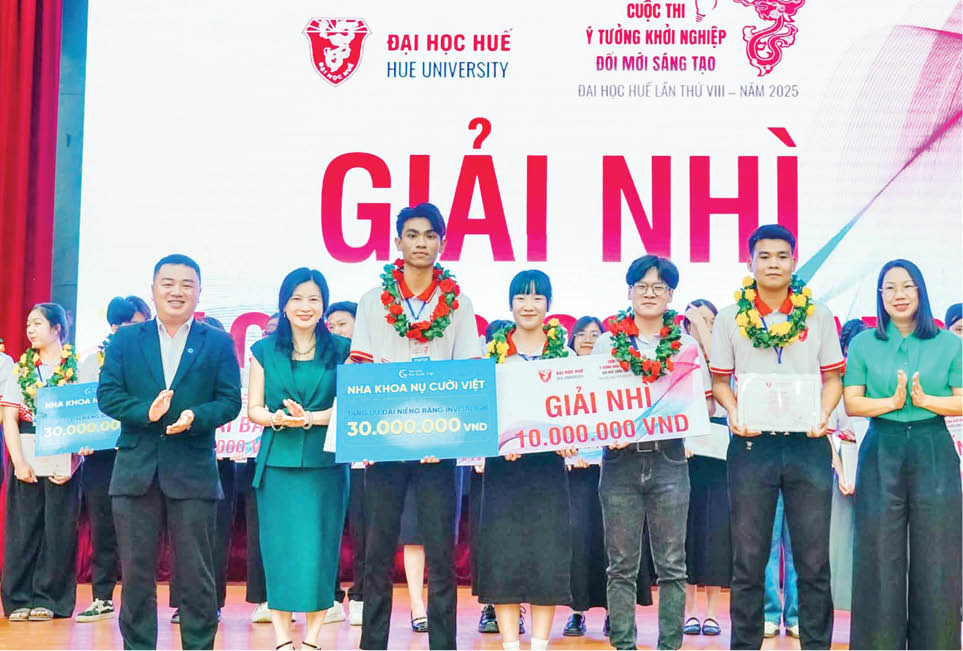 |
| Green concrete product project representative was awarded second prize. |
Opportunity
“An Vi Porridge” is the project that won the first prize in the 2025 Innovation Idea Competition of Hue University held on September 20. This is a research product developed from the herbal lingzhi plant combined with traditional medicine, helping to protect the stomach lining and support digestion. This is considered a breakthrough nutritional solution in the context that 70-80% of Vietnamese people are infected with Helicobacter pylori bacteria, causing stomach ulcers. The porridge is made from brown rice and safe herbs, low in sugar, lactose-free, suitable for people with weak digestion. The product is packaged in packets/cups, convenient to carry, meeting the needs of patients and busy people. Student Trieu Tu Duong, a member of the project team “An Vi Porridge” said: “During the implementation process, the team received support from the University of Medicine and Pharmacy, Hue University. The team was able to use the laboratory to research from the stage of cooking medicinal herbs to packaging the product”.
The HUAF-GPC group's project on green concrete products from agricultural and industrial waste towards "Netzero" also won the second prize in the Hue University Innovation Idea Competition in 2025. With this idea, HUAF-GPC pioneered the development of green concrete without cement, which utilizes agricultural waste such as nano rice husk ash and industrial by-products such as fly ash, blast furnace slag, combined with untreated sea sand and seawater. The project creates environmentally friendly materials, reduces CO₂ emissions, replaces traditional concrete, promotes circular agriculture and green buildings adapting to climate change.
The project to manufacture medicinal products from Hoan Ngoc, Co Scratch Grass, and La Voi leaves by HUAF-BioHerb group opens up new opportunities for safe and sustainable livestock farming, meeting the urgent need for green agriculture. This project creates natural, antibacterial, anti-inflammatory products, increases resistance for livestock, reduces toxic residues, and moves towards green agriculture, protecting food quality.
To bring DA to life
In the past 5 years, Hue University has organized and participated in dozens of competitions and seminars on entrepreneurship and innovation. However, according to statistics from the Center for Entrepreneurship and Innovation, Hue University, only about 20% of the projects after winning awards have the opportunity to continue to develop into commercialized products. Most of the projects stop at the experimental level due to difficulties in capital, lack of connection with businesses, or not finding a consumer market.
To put innovative ideas into practice, Hue University needs to strongly develop incubation centers as a "bridge" between ideas and the market. The incubator will support a shared office for the project group, advice from economic , technological, and legal experts, and provide investment funds from the Hue City startup support fund. Experience from Ho Chi Minh City National University or Hanoi University of Science and Technology shows that having a specialized incubator helps increase the rate of commercialized ideas by 3-4 times.
Along with that, the KNDMST projects need to originate from the "orders" of enterprises and localities. Hue University can sign cooperation agreements with the Hue Business Association, the Young Entrepreneurs Association, tourism, agricultural, and information technology companies and establish a mechanism for enterprises to "sponsor" the project right from its inception. For example, the idea of "Biological products for treating organic waste" if accompanied by the Hue Urban Environment and Construction Company, the possibility of putting it into practical operation will be much higher.
Another solution is to establish a Science and Technology Investment Fund with joint capital from schools and businesses. This fund will finance the product testing phase, helping the project overcome the most difficult initial stage between idea and commercialization. This model is currently being initially tested by Danang University, bringing many positive signals.
The State needs to create tax incentives for businesses to invest in student projects, support quick patent and trademark registration procedures. At the same time, order research based on the practical needs of Hue city, such as smart tourism, heritage conservation, organic agriculture. A typical example is the project "Application of AI in identifying and preserving Hue heritage" by a group of students from the University of Sciences, Hue University. Initially, this was just a contest idea, but thanks to the connection with the Department of Tourism and travel agencies, the project was deployed into an application to support visitors to the Imperial City. This story shows that, with the cooperation of schools - businesses - localities, the idea of smart tourism can completely become a product in life.
Source: https://huengaynay.vn/kinh-te/co-hoi-cho-nhung-y-tuong-khoi-nghiep-doi-moi-sang-tao-158340.html


![[Photo] Keep your warehouse safe in all situations](https://vphoto.vietnam.vn/thumb/1200x675/vietnam/resource/IMAGE/2025/10/1/3eb4eceafe68497989865e7faa4e4d0e)
![[Photo] Hanoi morning of October 1: Prolonged flooding, people wade to work](https://vphoto.vietnam.vn/thumb/1200x675/vietnam/resource/IMAGE/2025/10/1/189be28938e3493fa26b2938efa2059e)



![[Photo] President of the Cuban National Assembly visits President Ho Chi Minh's Mausoleum](https://vphoto.vietnam.vn/thumb/1200x675/vietnam/resource/IMAGE/2025/10/1/39f1142310fc4dae9e3de4fcc9ac2ed0)


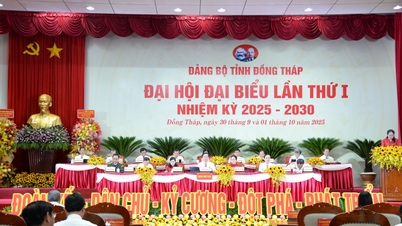

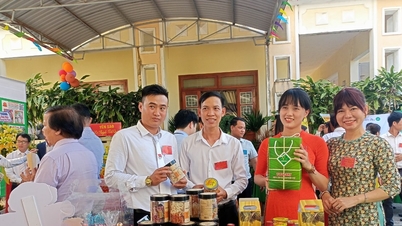

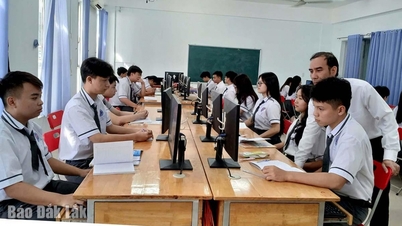




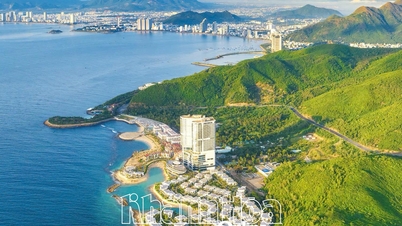

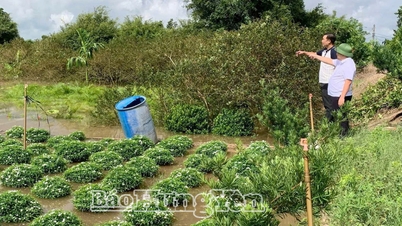

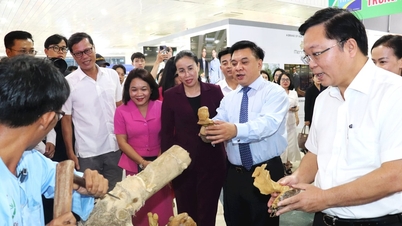
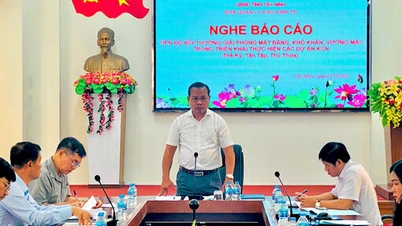

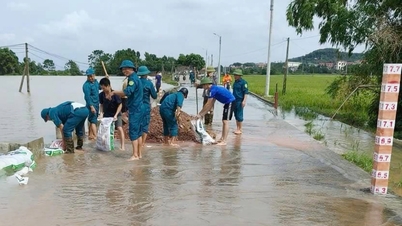
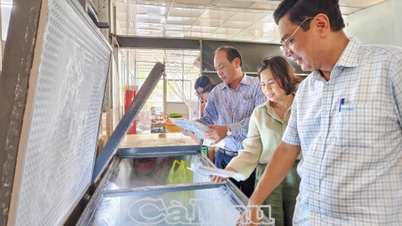





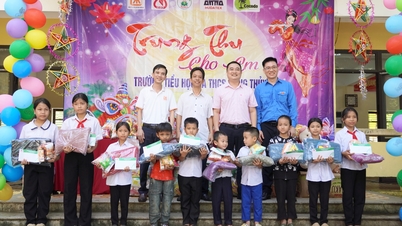
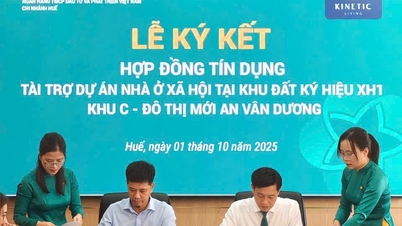
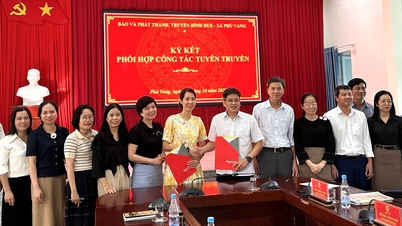
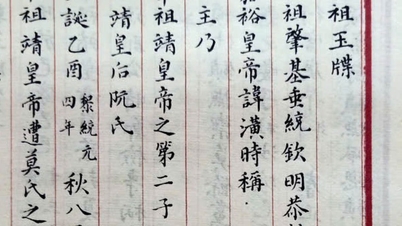
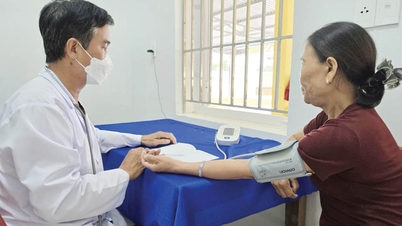














































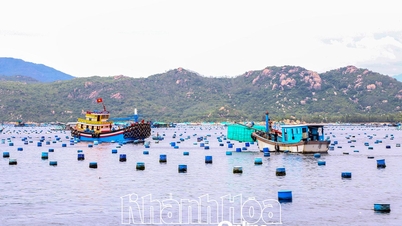

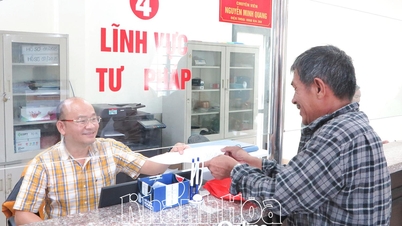












Comment (0)